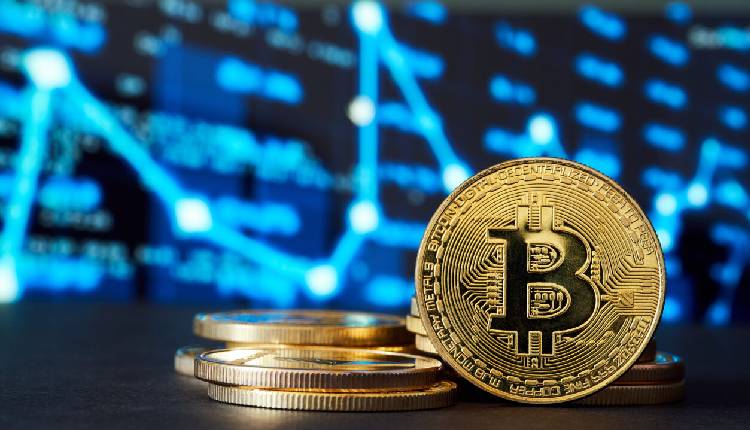Bitcoin weathered a strong U.S. inflation report that unsettled global markets and dampened expectations for quick interest rate cuts.
As of 10:21 a.m. Wednesday in Singapore, the digital currency traded at $49,500, close to its highest level in over two years, and has remained relatively stable since the release of higher-than-expected U.S. consumer price data on Tuesday.
The S&P 500 Index fell by 1.4 per cent, marking its worst performance on a consumer price index (CPI) day since September 2022.
Gold prices dropped and bond yields skyrocketed as traders reduced their expectations for a Federal Reserve rate cut before July.
Bitcoin demonstrated remarkable stability despite the overnight decline in risk sentiment, according to Tony Sycamore, a market analyst at IG Australia Pty. Ltd.
He also mentioned that separate technical analysis based on chart patterns indicates a potential temporary drop to the high $30,000s.
Bitcoin has been benefiting from sector-specific factors, such as the launch of U.S. exchange-traded funds focused on the cryptocurrency.
These products, offered by companies like BlackRock Inc. and Fidelity Investments, have drawn a net of $3.3 billion since they started trading on Jan. 11.
In addition, the upcoming Bitcoin halving in April will limit the supply of this leading digital asset. Many see this event, which has historical precedent, as a support for prices.
Moreover, Caroline Mauron, co-founder of Orbit Markets, anticipates a brief market pause following a remarkable four-month rally before the narrative shifts to the upcoming Bitcoin halving.
Bitcoin has seen a threefold increase since the beginning of last year, bouncing back from the 2022 digital asset downturn.
Options market bets suggest that traders aim for prices to surpass the nearly $69,000 record set in November 2021.
